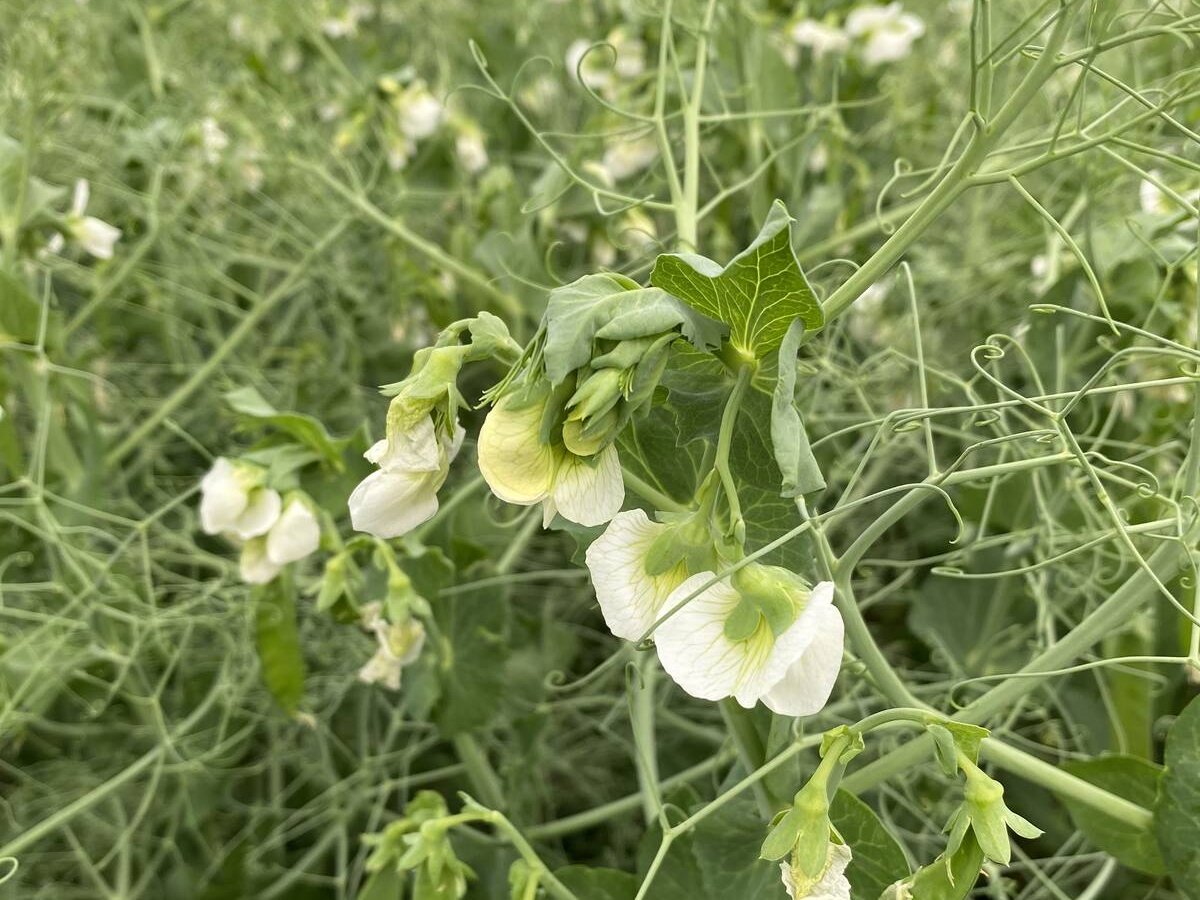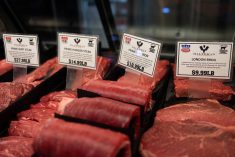Belt tightening is a common response to hard times. Often one of the first items trimmed from the family budget is meat.
“We are keeping an eye on that,” said Ron Glaser of the Beef Information Centre, which tracks consumer trends.
However, until 2008 data from Statistics Canada is released in May, the centre cannot accurately measure what it suspects might be happening.
Brenna Grant, a research analyst with Canfax, believes Canadians and Americans are eating in restaurants less often since their countries skidded into a recession last fall and have cut back on convenience food. Instead, they are cooking from scratch at home.
Read Also

India slaps 30 per cent import duty on yellow peas
India has imposed a 30 per cent duty on yellow pea imports with a bill of lading date on or after Nov. 1, 2025.
“When that first started last fall, there was quite a big boom in the heat and serve entrees, but lately they have seen consumers shift away from that because they are a little more expensive and going just for the meat counter,” Grant said.
Penny pinchers are trading down from more expensive cuts to items such as ground beef or lower grade meat. Historically, beef experiences a spring rally as people return to the barbecue, but more consumers are expected to grill burgers than steaks this year.
“We have seen strong demand for trim and ground product and that, we are assuming, is going into hamburger. We have seen the middle meats have struggled,” Grant said.
Middle meats account for 30 percent of the carcass, but provide 50 percent of the value.
In a 2009 outlook report, Canfax said primal values for end cuts such as chucks were up seven percent in 2008 at $1.22 per pound. Rib and loin values were down two and 10 percent respectively with ribs averaging $2.52 per lb. and loins at $2.89.
The higher demand for ground meat was good news for producers selling cows.
Alberta cow prices averaged $43.50 per hundredweight in 2008 while Ontario cows averaged $50.
Consumers are also looking for leaner meat. The AAA product is priced higher so more people are choosing AA, Grant said, narrowing the price spreads between the two quality grades.
People are also shifting away from beef into cheaper pork and poultry, but in recent weeks it appears beef is holding its own, although demand figures remain flat. Demand is what consumers are willing to pay for a product as opposed to per capita consumption.
Per capita beef consumption in Canada increased 2.7 percent from 21.7 kilograms in 2006 to 22.3 kg in 2007.
Beef consumption has hovered around that amount since 2000. Total meat consumption of beef, pork and chicken amounts to nearly 80 kg per capita with poultry most popular.
Canadian beef supplies are expected to be larger in 2009 because of steady production of fat animals and increased imports from countries outside North American shipping to North America in response to improved trim prices. Imports from the United States are expected to continue above historical levels but should not be as high as 2008.
Total slaughter from federal and provincial plants in 2008 was 3.54 million head, up 1.4 percent from 2007. The greatest increase was in cow slaughter as producers continue to downsize herds. In total, Canada produced 1.27 million tonnes of beef in 2008, up two percent from the previous year.















